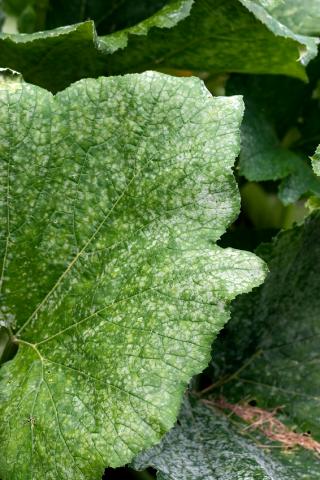Plant-pathogen interactions are marvelously intricate, diverse, and highly integrated, with the disease outcome of the interaction dependent upon both pathogen and plant host factors and processes.
My long-term goal is to understand the mechanisms by which hosts and pathogens interact to redirect host metabolism and physiology. By studying compatible interactions, where disease occurs, we can identify host factors that alter the extent of pathogen growth and reproduction resulting in enhanced susceptibility or resistance. These host factors may be involved in host defense or utilized by the pathogen for its growth and reproduction.
Arabidopsis thaliana is our model host of choice because of its small, sequenced diploid genome, six-week generation time, and unparalleled associated genetic and genomic resources. In addition, Arabidopsis research on phytohormones and disease resistance has both translated to agronomically important species and led to the identification of host regulatory components impacting human health (e.g. NB-LRR proteins involved in innate immunity). Furthermore, because pathogens have evolved to effectively manipulate fundamental host processes and this manipulation often occurs as an induced, localized response, plant pathosystems can uniquely allow us to elucidate components of fundamental biological processes such as the cell cycle.
In parallel, we study adapted pathogens to uncover how they manipulate the plant for their own purposes as well as their metabolic and other requirements for growth and reproduction. We study Golovinomyces orontii, a fungal obligate biotroph, that causes powdery mildew disease on Arabidopsis and curcubits. We also employ Pseudomonas syringae pathovars, with a hemobiotrophoic lifestyle, that infect Arabidopsis and other plants of interest. Applied efforts then translate fundamental discoveries, often in Arabidopsis, to relevant commercial plant species.

